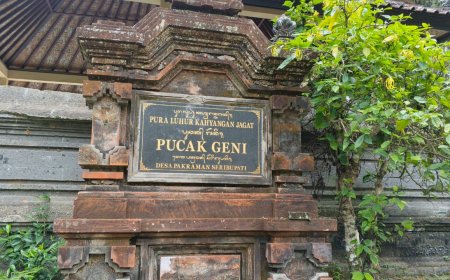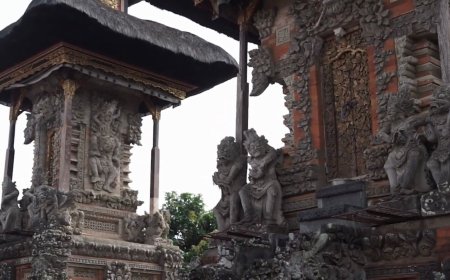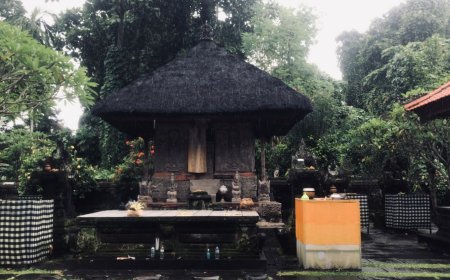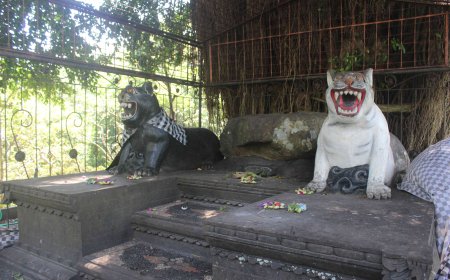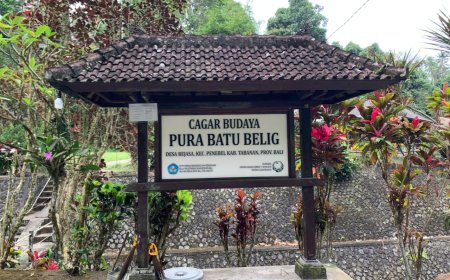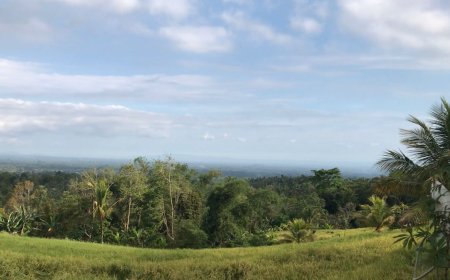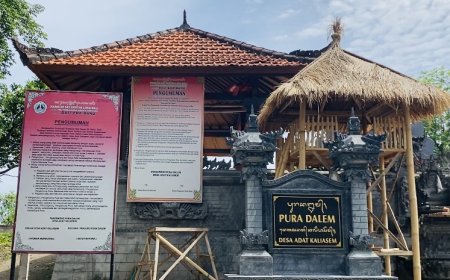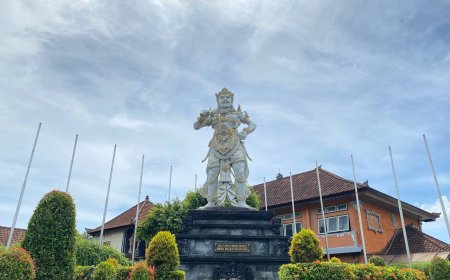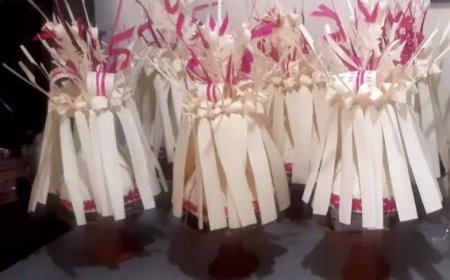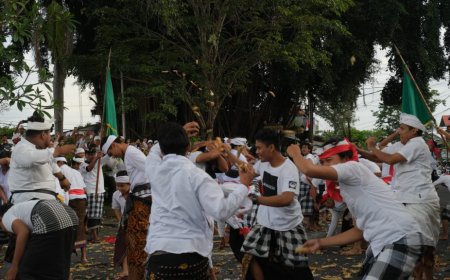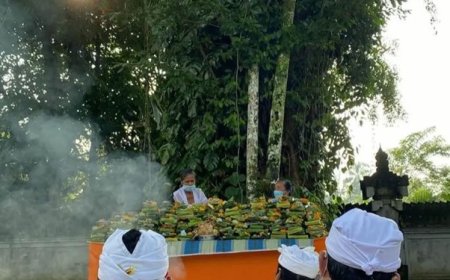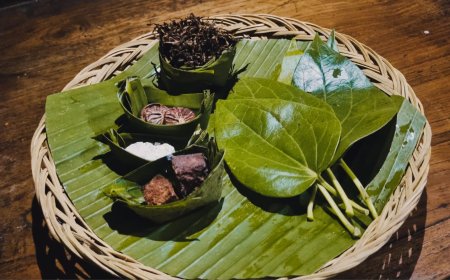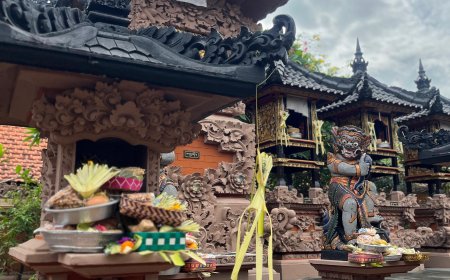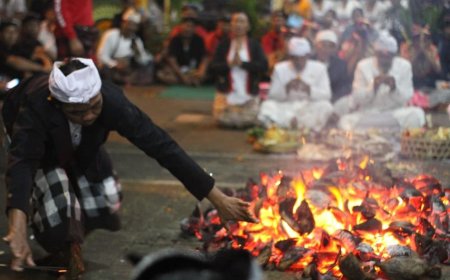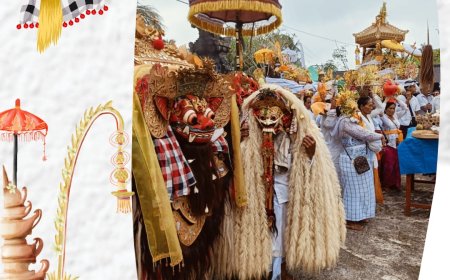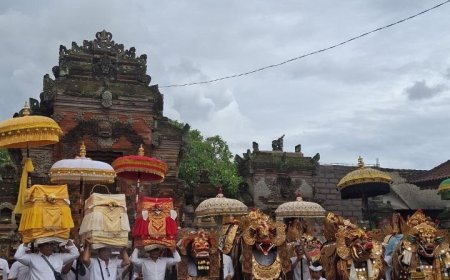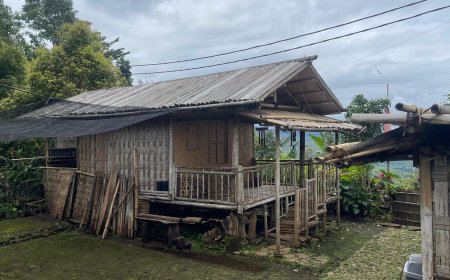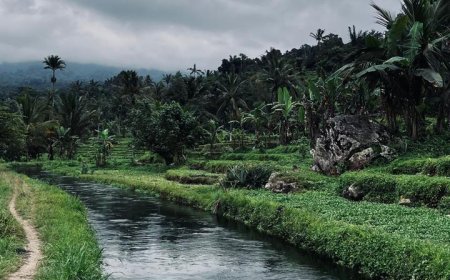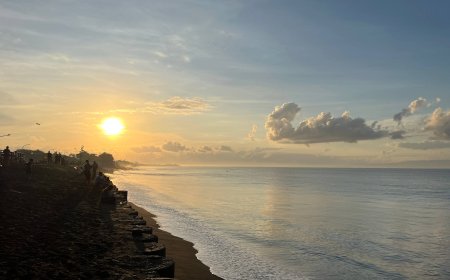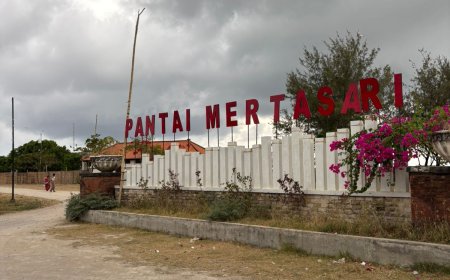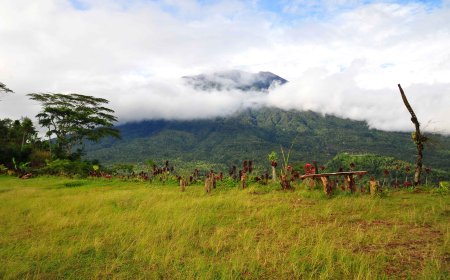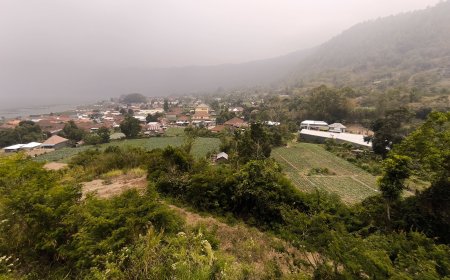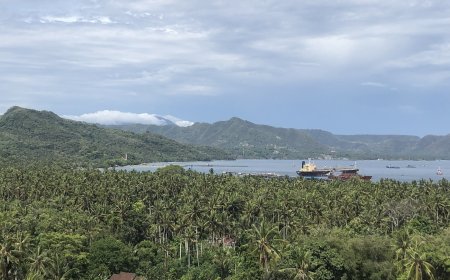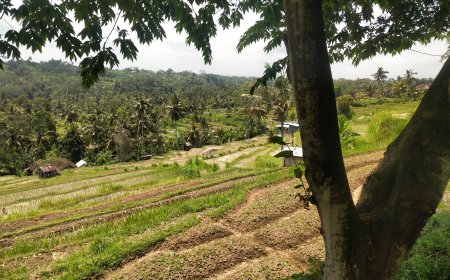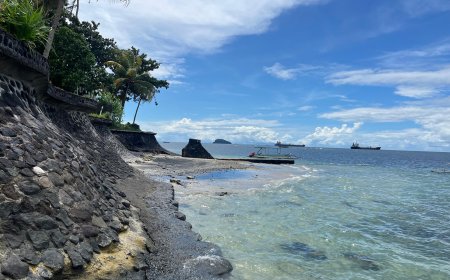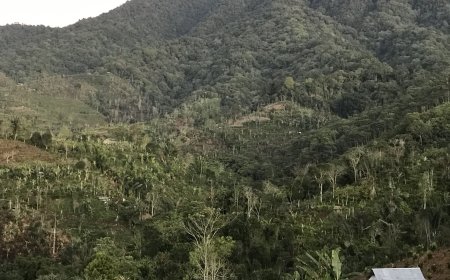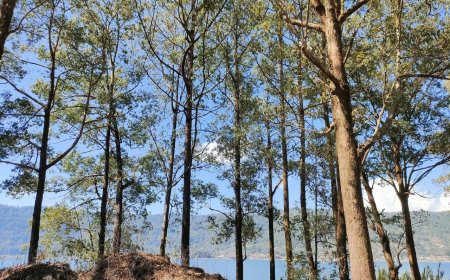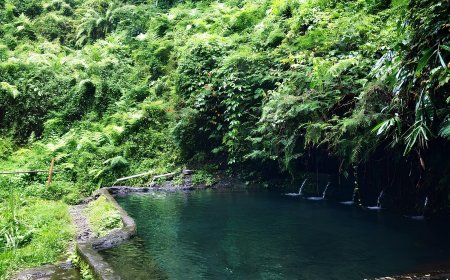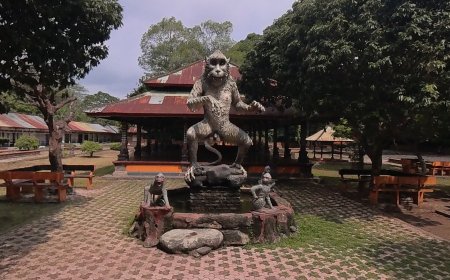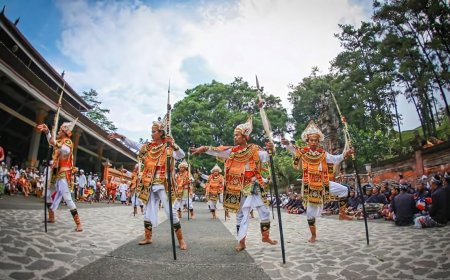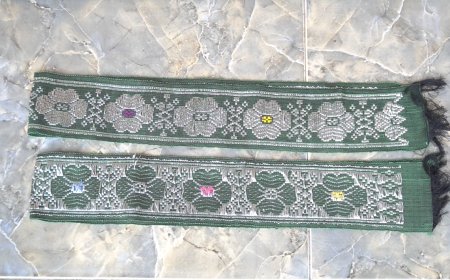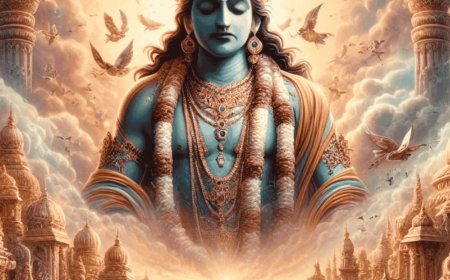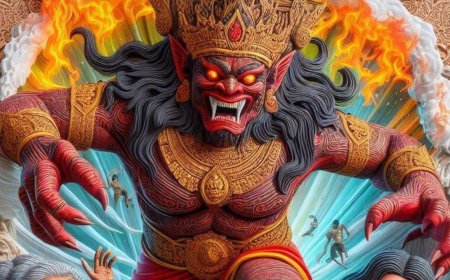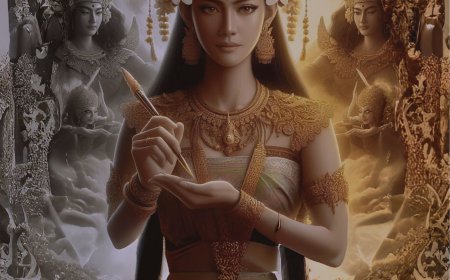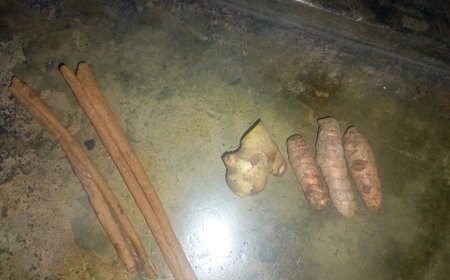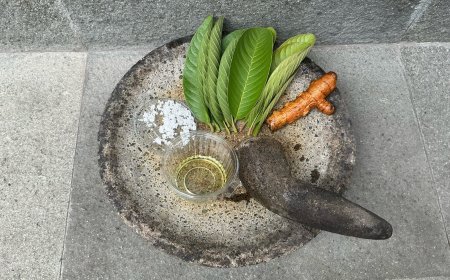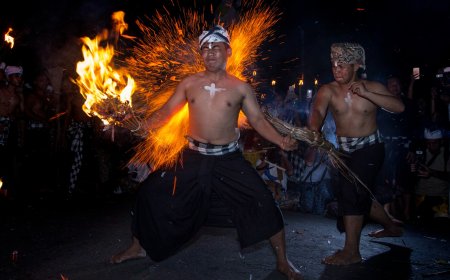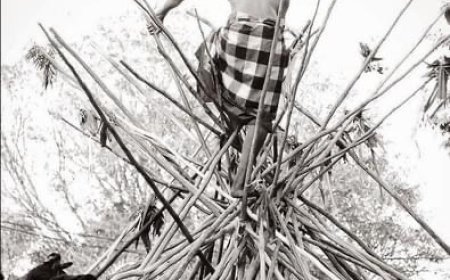Jagahyang: Maintaining Spiritual Balance and Purity in the Tohjiwa Traditional Village
The Tohjiwa Traditional Village in Bali showcases the richness of history and religion through the Jagahyang tradition during the Tawur Kesanga ceremony. This ritual, involving the sacrifice of a cow and mecaru offerings, aims to create harmony leading up to Nyepi by neutralizing negative elements. The village rejects the Ogoh-Ogoh tradition, replacing it with the considered superior MeHyang-Hyang ceremony. "Jagahyang" is not just a religious ritual but also a symbol of identity, cultural heritage, and local wisdom, reflecting the deep connection between humans, nature, and spiritual forces.
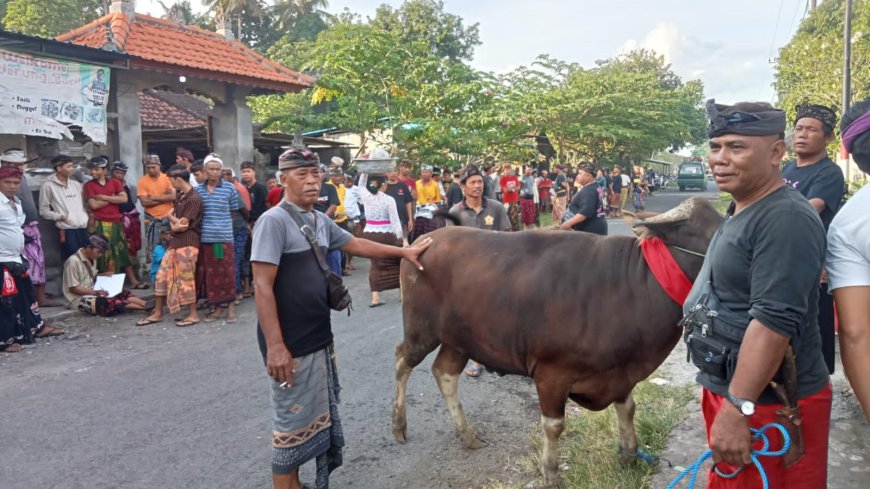
The island of Bali, renowned for its natural beauty and cultural richness, holds intriguing historical legacies. A vivid example of Bali's historical and religious wealth is found in the village of Tohjiwa, with its distinctive Jagahyang tradition. Jagahyang is a ritual performed by the Tohjiwa community during the Tawur Kesanga ceremony, aiming to neutralize negativity and invoke the sacred power of Ida Sang Hyang Widi for the protection and well-being of all beings and the natural world. Tawur Kesanga, coinciding with the tilem on the sasih kesanga, is a pre-Nyepi ritual and prayer. The ceremony's purpose is to neutralize negative elements (Bhuta) for universal harmony leading up to the Nyepi celebration.
The Tawur Kesanga process begins with the ceremonial offering of a male cow in front of Pura Puseh. The cow is then led by the village community, starting from the northern region entering the Tohjiwa Village. The cow's thigh is slashed with a machete or blakas, allowing its blood to spill along the village's path from the northern entrance to the southern part, circling the sacred banyan tree at the intersection (bencingah) three times. The cow is then guided southward until it reaches the embankment or Tanggun Desa, where it is sacrificed. The belief is that the scattered blood protects the village from negativity. The resulting cow meat is divided for mecaru or Tawur purposes, and the unused portions are distributed to the Tohjiwa Village community.
The Tawur ceremony is conducted by the entire Tohjiwa Village community in Tanggun Desa through the Mecaru ceremony involving the cow's skin, head, legs, and processed meat, accompanied by other rituals led by the Pandita. After the Tawur ceremony in Tanggun Village, the village community returns home to continue the Mesegeh ceremony individually, using the processed meat from the village's cow and Tawur rice. Meanwhile, the Prajuru of the Adat Village, Jro Mangku Kahyangan Tiga, Jro Mangku Pura Desa, and Iro Mangku Catur Lawa prepare and continue the mecaru ritual with a sacrificed berumbun chicken in nine locations within the village's sacred grounds. The Mecaru process is conducted simultaneously by Jro Mangku according to their assigned roles, assisted by the Adat Village officials, Klian Tempek, and Klian Banjar.
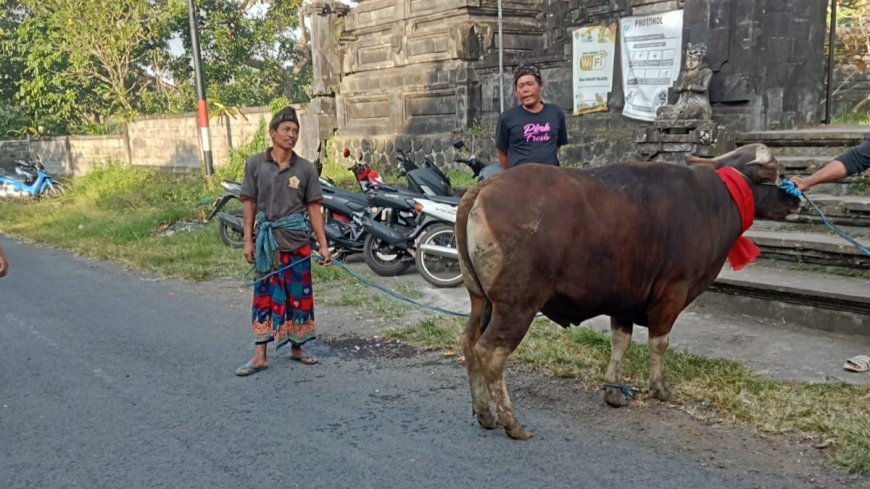
Jagahyang Tradition (Photo Source: Author Collection)
Following the mecaru ceremonies, the final event is the Nedunang Ida Bahtara for the Mehyang-Hyang ceremony, starting precisely between 6:00-7:00 PM. The entire village community participates in this ceremony. The MeHyang-Hyang ceremony begins with the nedunang of the Pralingga or the first presence of Ida Bhatara Ratu Gede, Ida Bhatara Ratu Ayu, and Ida Bhatara Durga from the Ida's storage, offering Banten Penuur and Pemendak. Subsequently, the Pralingga or the first presence of Ida is bowed down by the village community, accompanying the MeHyang-Hyang procession. This ceremony unfolds in silence, without the accompaniment of drums, gamelan, gongs, or bell sounds, lasting until the night. All lights, both on the streets and in residents' homes, are neither allowed to be turned on nor off.
The village community follows the MeHyang-Hyang procession, starting from Penyipanan Ida towards Penepi Kelod Wewidangan Village or Gelar, then moving to Penepi Kauh Wewidangan Village or Pura Penataran Temaga. The procession continues to Penepi Kaja or the main entrance to the Tohjiwa Adat Village, returning southward, crossing the eastern Penepi of the Tohjiwa Adat Village towards Setra to momentarily pause for the Napak Pertiwi Ida Bhatara ceremony on top of Pemuun Setra. Finally, the MeHyang-Hyang procession returns to the Ida Bhatara Dalem storage, culminating in the Nyineb ceremony. At each mentioned location, the procession stops to offer Banten Pemendak. The MeHyang-Hyang ceremony concludes around 11:00 PM.
In the Tohjiwa Adat Village, the tradition of Ogoh-Ogoh is not practiced, as it is replaced by the MeHyang-Hyang ceremony. This tradition has been upheld by the village community long before the Ogoh-Ogoh tradition emerged. Additionally, Ogoh-Ogoh is forbidden due to the sanctity of Ida Bhatara, and violating this prohibition is believed to bring misfortune, sometimes leading to death. "Jagahyang" in the Tohjiwa Adat Village is not just a religious ritual but also a reflection of identity, cultural heritage, and local wisdom presented in a series of ceremonies. The Tohjiwa community staunchly believes that "Jagahyang" is a spiritual offering that brings blessings, balance, and purity to their entire community. It is a precious legacy that elucidates the profound connection between humans, nature, and spiritual forces.
